NASA is reaching out to university students to help solve the problem of lunar dust as the agency plans for sustainable human exploration of the Moon under the Artemis program.
Lunar dust is mostly made of small particles that stick to just about everything. It’s abrasive and can damage things, including spacesuits, equipment, spacecraft, and habitats. Dust can obscure camera lenses, reduce technology performance, distort instrument readings, alter thermal properties, and even cause equipment failures. Additionally, if dust gets into habitats, glass-like dust particles can lodge in astronauts’ lungs, creating health risks. Removing lunar dust from where it’s not supposed to be – or stopping it from getting there in the first place – is essential for future space exploration.
Through its annual Breakthrough, Innovative and Game-changing (BIG) Idea Challenge, NASA is looking for a wide range of creative solutions from college and university students on the theme of lunar dust mitigation. Categories under the theme include dust prevention and mitigation during landings, spacesuit dust tolerance, exterior dust clean up, and controlling lunar dust within habitats. Competition judges will select between five and 10 teams to receive up to $180,000 each to build, test, and demonstrate robust lunar dust mitigation, or dust tolerant capabilities and technologies.
“This competition gives students an unparalleled opportunity as members of the Artemis generation to help overcome the historically challenging technical obstacles of mitigating lunar dust,” said Niki Werkheiser, NASA’s Game Changing Development program executive within the Space Technology Mission Directorate (STMD). “Proving a readiness to provide meaningful technical solutions to support near-term lunar missions is key, because NASA may be interested in including all or part of viable concepts into a future space mission.”
The 2021 BIG Idea Challenge is open to teams of between five and 25 undergraduate and graduate students from accredited U.S.-based colleges and universities affiliated with their state’s Space Grant Consortium or partnered with an affiliated school, including Minority Serving Institutions. Teams are also encouraged to collaborate with industry partners.
“We know our nation’s colleges and universities provide a reservoir of student talent and creativity that brings new perspectives and solutions to NASA,” said Mike Kincaid, associate administrator of NASA’s Office of STEM Engagement. “We hope to cultivate innovative ideas from diverse teams of students, and we are thrilled to continue fostering student contributions to NASA’s mission and work via Space Grant universities, especially as students across the country face many uncertainties.”
“We’ve designed this challenge so that teams have minimal constraints to create genuine out-of-the-box solutions,” said Drew Hope, Game Changing Development program manager at NASA’s Langley Research Center in Hampton, Virginia. “Dealing with lunar dust will require incredibly creative and innovative approaches and collaborating with the Artemis generation through the BIG Idea Challenge is a strategic effort to fuel that type of innovation.”
Interested and eligible teams should submit their notice of intent by September 25, 2020. Proposal and video submissions are due by December 13, 2020. Finalist teams will be invited to present their solutions to a panel of subject matter experts from the agency and industry at the 2021 BIG Idea Forum, planned for November 2021.
The 2021 BIG Idea Challenge is sponsored by NASA through a collaboration between STMD’s Game Changing Development program and the Office of STEM Engagement’s National Space Grant College and Fellowship Project (Space Grant). The challenge is managed by the National Institute of Aerospace.
For more information about the challenge, including full design guidelines and constraints, relevant resources, and details on how to apply, visit:
For more information on NASA’s National Space Grant College and Fellowship Project, visit:
https://www.nasa.gov/offices/education/programs/national/spacegrant/about/index.html

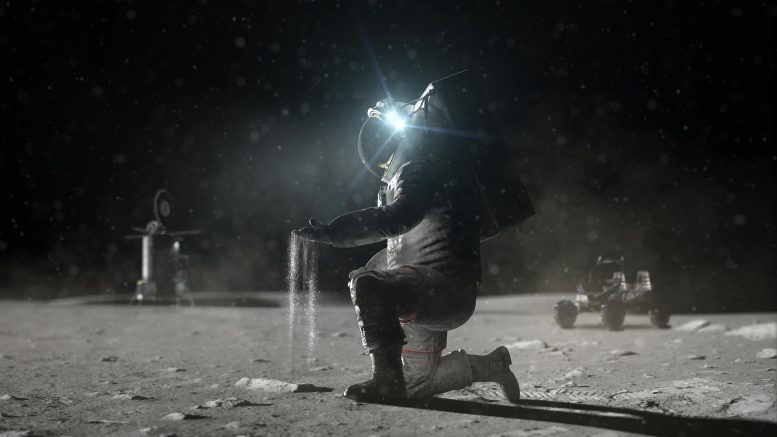


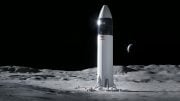
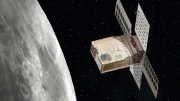
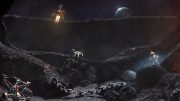
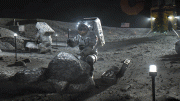
VERY GOOD NASA I LIKE
Selective to active polarity charges counter charged particles nullify opposing attractive electric charges thus repelling attraction.
Such as Styrofoam particles on a person; difficult to remove.
Indoors maintain top to bottom unidirectional HVAC aeration, particlez will collect on floor grids which can routinely be emptied or recycled with liquids to make lunar cement, etc
Simple, a high frequency pulse that would disrupt electrical polarization and drop contaminants through a floor grid which would be sucked through a filtration unit before air lock hatch is opened, kind of like a moon mudroom, lol!
High freq pulses could also keep the outside of habitats and outside machinery, clean. Of course the dust would just fall to the ground.
Inside the habitat, you could have the high freq pulses dislodge & drop any dust to the polarized floor where robotic cleaners would do the rest. Of course there would be magnetized/polarized filters in the HVAC air handler, which would keep the air clear of dust particles.
How about inside the airlock you have like clean rooms at Intel blow you off… Then use the same process for deionized water two stage ionic process.
After some thinking. Use small polarized beads, instead of water, in the airlock to effectively wash off the dust.
… not a student, but “Lunar dust is mostly made of small particles that stick to just about everything”
Well, it could be something like a Higgs Field, you have particles that interact with it and das ist what it gives it mass, and you habe particles that don’t have mass and don’t interact with that field.
So, it is like an intrinsic property of a particle…
Something that you have in this picture > Lotus Leaf Water in Slow Motion~~~